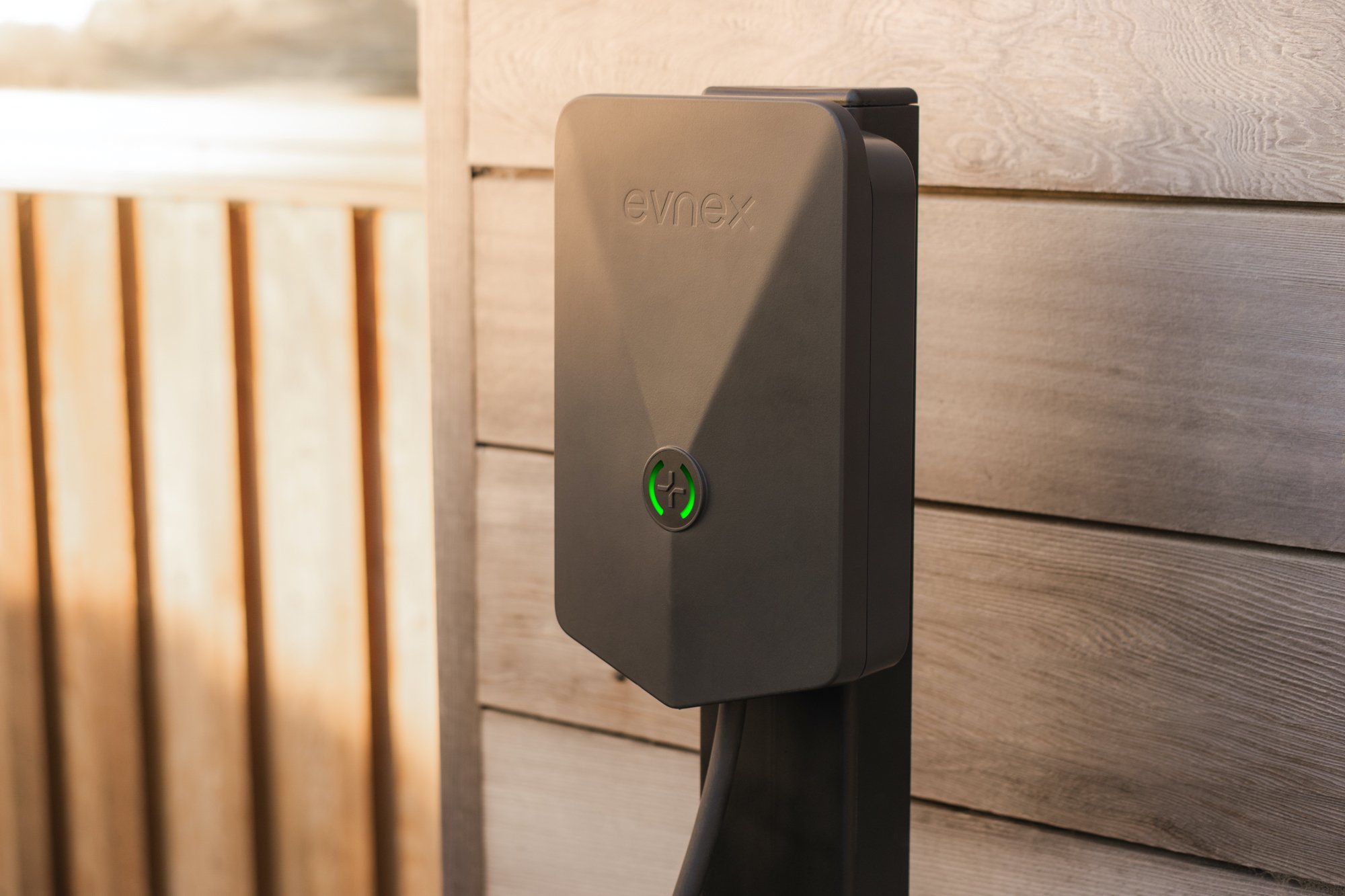Smart charger alerts to when power turns dirty
/How ‘green’ is the feed going into your electric vehicle? A new Kiwi-developed home charger can show you.
HOW much carbon is being emitted during electric vehicle charging can now be monitored by any owner.
Christchurch-based Evnex, which claims to be the country’s largest facilitator of home electric car chargers with more than 2500 already in use, says its latest device can relate if the power being drawn is generated from hydro, wind, solar, gas or coal.
Two years in the making, the E2 smart charger announced today might seem almost unnecessary in a market where most power is always generated by renewable means.
However, the brand says it will help owners EV drivers make better decisions about their charging, not leaving emissions to chance.
The E2’s carbon monitoring tools are the first commercial provision of its type outside the United States and Europe.
Accessing live data, the E2 measures the electricity grid's carbon intensity and updates users. It also gives EV owners the ability to track and measure carbon emissions from their previous charging sessions. These features will also be rolled out for free to existing Evnex chargers.
Evnex founder and chief executive Ed Harvey (above) says swapping out of fossil fuelled vehicles into electrics is only part of meeting national carbon-neutral goals.
An EV isn’t a zero-emission car if fossil fuels are burnt to power it, he points out.
“Clean charging - using electricity generated from renewable sources - enables drivers to reduce their footprint and take better care of the climate. As NZ’s EV fleet grows, we should charge EVs using clean energy to fully maximise their impact,” he says.
Evnex’s contention that around 80 percent of NZ’s energy is generated from renewable sources is contestable – other sources, including Meridian Energy, say the input is higher.
The company says the actual level will fluctuate depending on demand. It is confident in the data it uses as this comes from from Energy Market Services, which provides carbon intensity information every 30 minutes. It then tracks charging against these periods, which provides an overall measure of charging emissions.
“People can see exactly where their power is coming from and make real-time decisions to pause or even defer charging if more energy than usual is being produced from fossil fuels,” says Harvey in a release to media today.
“Looking forward, we are hoping to use the data we gather to automate charging, so it happens when electricity is at its cleanest.”
He contends that, alongside real-time data, the new technology provides valuable long-term insights into carbon use.
“… we believe this can directly reduce our reliance on fossil fuels. We want to empower drivers to alter their charging behaviour and minimise the unnecessary carbon footprint generated when EVs are charged with gas or coal-generated electricity.”
The E2 is mostly made from bio-circular plastic, has a power rating of 7.4kW and comes with a five-metre tethered cable. It also has a ‘Charge Now’ function which enables users to override pre-set charging schedules with the tap of a finger rather than logging into an app on their phone.




















